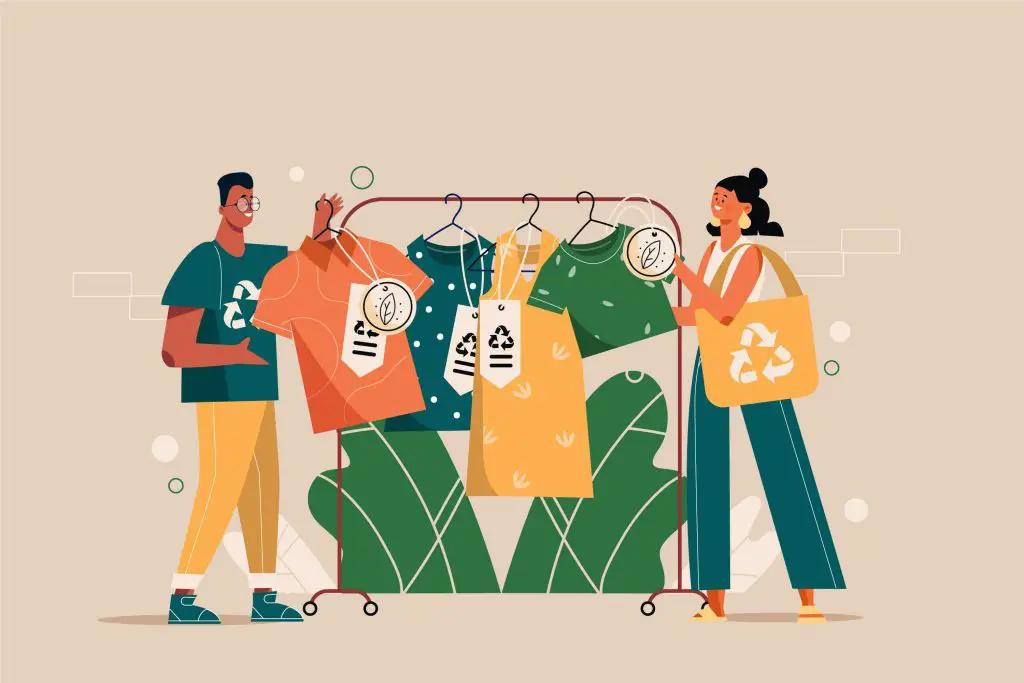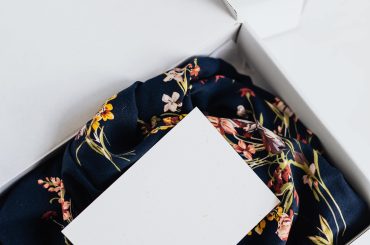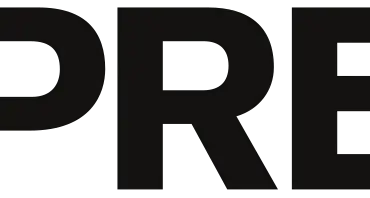We are all aware of the fact that sustainable fashion is an important topic to consider. With the fashion industry growing rapidly in today’s world, there are many businesses popping up with several forms of designs and concepts to grab the attention of the end customers. So while this is happening, it is not that easy for the original ethical fashion businesses to maintain their stability in the fashion market. Not only the businesses but also the customers find it difficult to find the original among the duplicates and replicas. So this sustainable fashion certification is an important process.
Contents
What is a Sustainable Fashion Certificate?
So to overcome the confusion in finding the right product, a process needed to be implemented, and the certification process was brought forward. Sustainable fashion certification is an important process for ethical clothing manufacturers.
It is not compulsory for any business to go for this certification. But this can aid their business brand in maintaining transparency in the market.
There is no particular organization for this process. There are many around the globe to do this certification.
How does the Process Work?
The ethical clothing business needs to invest an amount in a third-party organization. Then the relevant authorized organization will go through the certification process. From raw materials to the end product, they will observe and do the certification. The standard comes from meeting a certain set of specifications, criteria, or guidelines. Therefore, a material or product is certified against a standard or a set of standards related to social and environmental conditions.
Finally, when the ethical clothing manufacturer gets the certificate, they can display it in their end product. Mostly we get to see them as tags on the clothing.
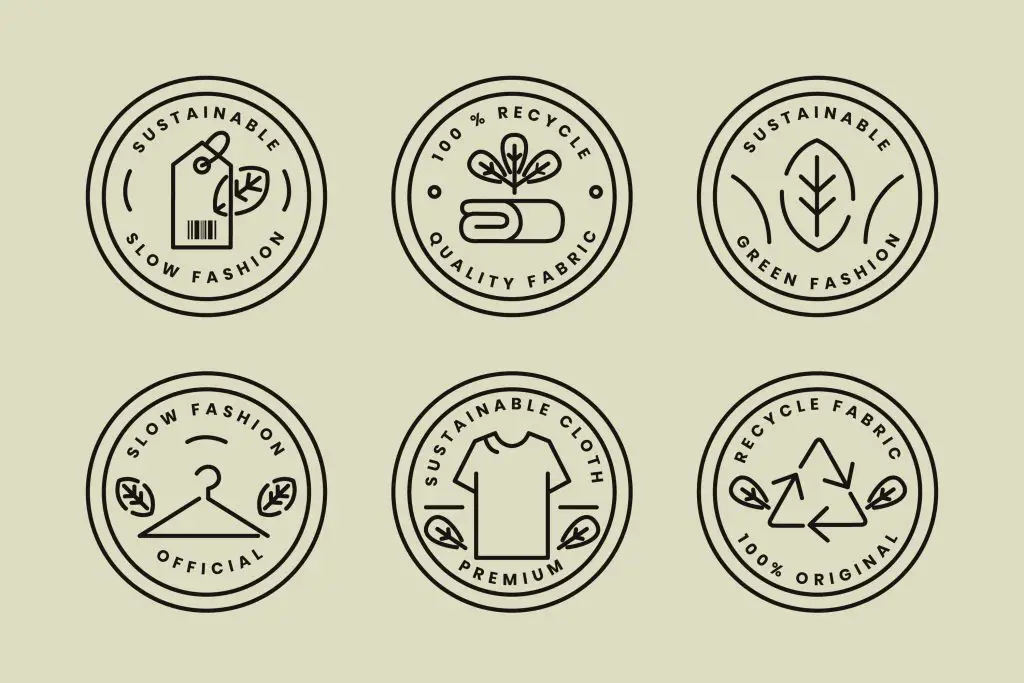
Ethical Clothing Certifications
1. ACO
This stands for Australian Certified Organic. This is an organization based in Australia. When a product is ACO certified, it confirms that the product is organic without any harmful chemicals. It will take almost a period of 10 weeks to obtain the final certification after the application is handed over. The process takes place as this. When the application is sent, first, the document review is done. Then the audit process and the CRC review are made, and finally, the certificate will be issued.
Source: https://www.aco.net.au/Pages/Certification/CertificationProcess.aspx
2. WRAP
Worldwide Responsible Accredited Production is an independent, objective, non-profit organization dedicated to certifying ethical manufacturing and educating around the world. This organization has got branches in a few countries.
Their certification process is much more than the audit process. They have their own 12 principles, and if an organization goes into compliance with it, then the certification will be given.
After the application is approved, there will be a pre-audit self-assessment where they see the compliance of their socially responsible production from 90 days prior. Then there will be monitoring done looking in accordance with their 12 principles. After an evaluation process, the certification will be issued.
There are certificates ranging from 6 months to 2 years. It will have to be renewed after that period of time.
Source: https://wrapcompliance.org/certification/
3. BCI
Another sustainable fashion certification is The Better Cotton Initiative. This is an organization leading sustainability initiative for cotton. If a product is BCI labeled, then the source of cotton in that product has been mindfully grown and exported.
4. Bluesign
The main objective of this organization is to motivate suppliers, manufacturers, and top brands to reduce their textile footprints and focus on the chemicals used. They encourage the production of a textile with the lowest possible burden to the environment.
Source: https://www.bluesign.com/en/about
5. GOTS
Global Organic Textile Standard certifies that the product is definitely organic from material acquisition to labeling the final product.
The certification process has four distinctive and unique features. First is checking on organic fibers and then checking the ecological and social criteria. Then the processing stage is checked on, and finally, the certification will be issued.
Source: https://global-standard.org/the-standard/gots-key-features

6. Fairtrade
This organization is mostly connected to the individuals connected to the raw materials. If a product possesses this fair trademark on it, it means the people who are involved with raw material or any other production have met the social, economic, and environmental standards in compliance with the international level.
7. Ethical Clothing Australia
This is an accreditation body that works with local textile and footwear manufacturing bodies. They support and uphold the rights of Australian garment workers. An ECA-certified product is audited from design to dispatch and make sure that the workers are paid well and given all their legal entitlements.
8. Cradle-to-Cradle Certified
This certification ensures that products are safe, circular, and responsibly made. There are five criteria that need to be met before obtaining the certification. Firstly, Material Health ensures that the materials used are safe for humans and the environment. Then Product Circularity which means a circular economy, is enabled through regenerative products and process design. Thereafter it considers clean air and climate protection, which can be said to have less harmful emissions to the environment. Later water and soil stewardship is monitored to safeguard clean water and healthy soil. Finally, Social fairness is taken into consideration where respecting human rights and contributing to a fair, equitable society is noticed.
Source: https://www.c2ccertified.org/get-certified/product-certification
9. Made in Green
This label confirms that the textiles have been manufactured in environmentally friendly organizations under safe and socially responsible working conditions. It also reassures that the products also have been tested for harmful substances and not in for them, and there are traceability and transparent supply chains.
10. Good on You
The brand says, “wear the change you want to see.” Their main motive is being good for the planet, people, and animals. They give ratings on the products based on sustainability. From the greenhouse gas emission, water use, and worker safety, they consider everything with a reliable source of information on sustainability.
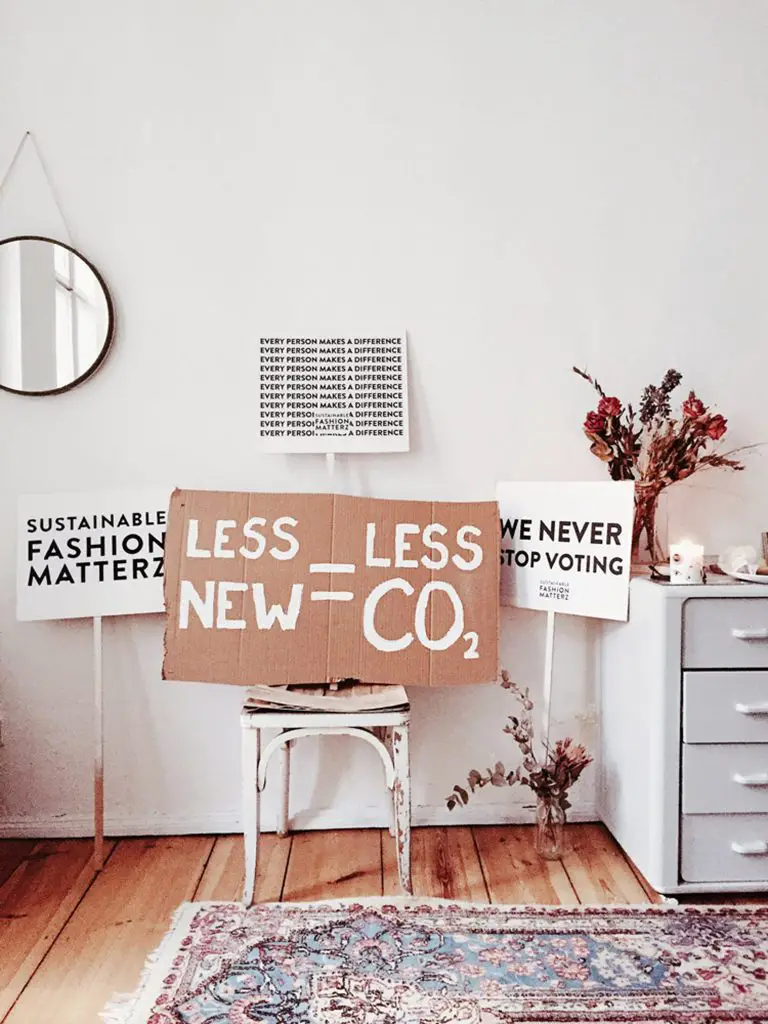
So now we are aware of the process of sustainable fashion certification. This process takes its own time, depending on the organization. This is an important certification making people understand sustainability and choose the best.
But there can be instances where a small-scale organization that is truly sustainable and yet unable to make the investment in obtaining this certification. In that case, what the organization can do is, be transparent. This means they can be transparent about the environmental and social aspects of their supply chain, showing them through their social media or on their websites.
It is the group responsibility of everyone who is on this planet to save and cherish the resources. In that sustainable fashion and their certification plays a major role.
Read more about Sustainable Fashion.

